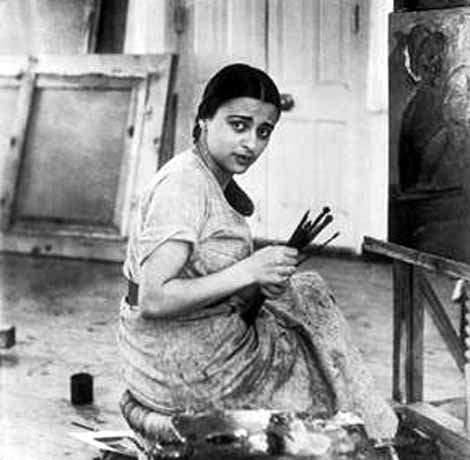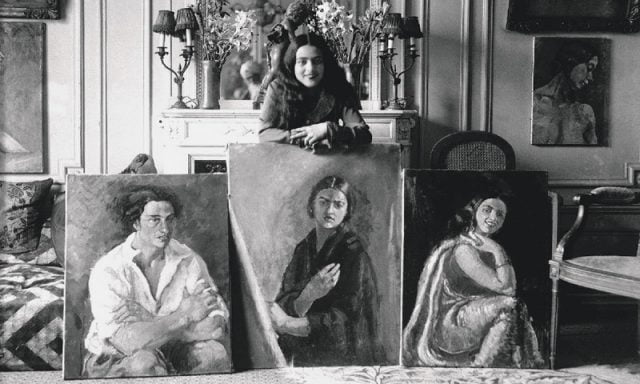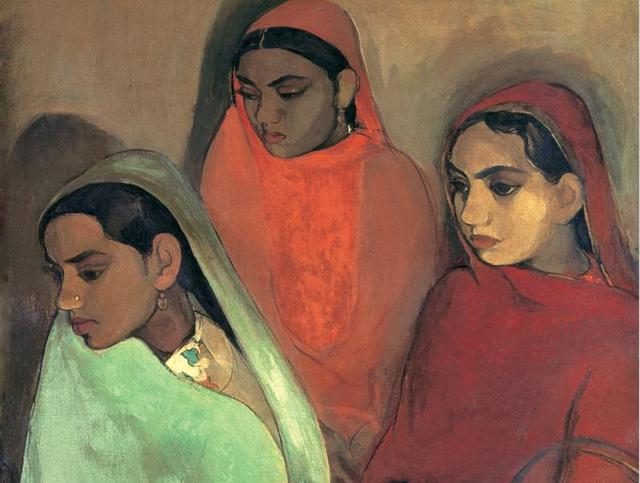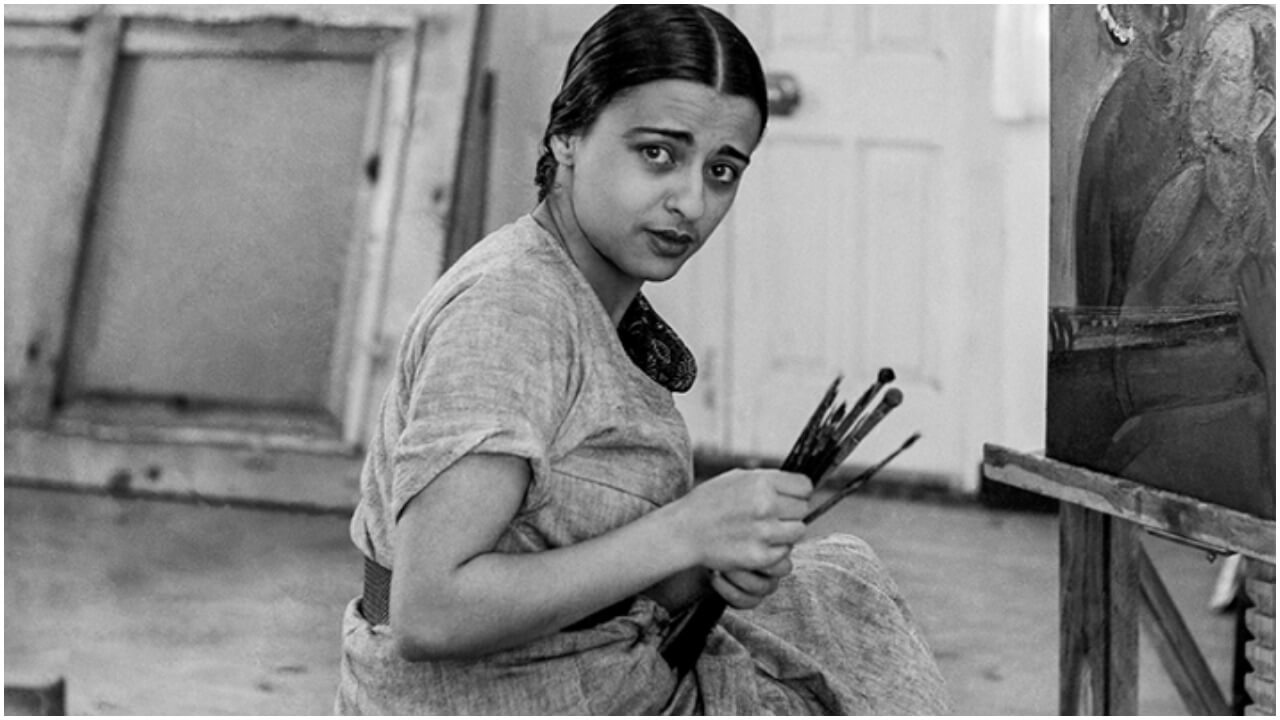You know Jimmy Sheirgill as the underrated Bollywood actor who is often forgotten in the swarm of star kids and mainstream cinema superstars.
But his journey in Bollywood has earned him rave reviews for most of his performances. A Wednesday, Special 26, Munna Bhai MBBS, Saheb Biwi Aur Gangster to name a few. He looks up to Gulzar when it comes to direction (Gulzar was the director of his debut film, Maachis) and Irffan Khan as an actor.

But his innate acting skills are not the only correlation he has with art. His great paternal aunt was one of the most celebrated Indian painters, Amrita Shergill.
On his connection with Amrita Shergill
In an interview with TOI, he said, “Other than my dad Satyajit Singh Shergill, who does painting as his hobby and his bua who was the famous Amrita Shergill, I had no connection with the world of art.”
Amrita Shergill, known as the Indian Frida Kahlo was one of the greatest avant-garde women painters of the 20th century.
She was considered a pioneer in Indian art. Amrita Sher-Gil was born in 1913 on 30 January in Budapest, Hungary, to a Sikh aristocrat Umrao Singh Sher-Gil Majithia who also a scholar of Sanskrit and Persian languages, and a Hungarian-Jewish opera singer Marie Antoniette Gottesmann who hailed from an affluent family.

Also read: Do We Know Jim Carrey, The Phenomenal Painter And His Striking Art?
Why Amrita Shergill’s legacy is not ordinary
She is considered the Indian Frida Kahlo because of the revolutionary she was. Born on the eve of the first World War, Shergill was brought up in Budapest, Hungary.
Amrita was rebellious as a kid and her work and legacy display the detail of the adventurous life she had.
When she was in a convent school, she was expelled because she declared herself as an atheist.
In 1929, at the age of 16, she moved to Paris to study art at the Ecole des Beaux-Arts. Amrita catapulted herself into everything the city had to offer.
One can witness her experimenting with her identity in the photos taken by his father on these visits. Sometimes wearing a sari and on other occasions opting for a more western wear.

It was in Paris that Amrita commenced an enduring outline of sexual staking, having affairs with both men and women.
Her works
Her flamboyant paintings of everyday people, especially women were neither too desolate nor maudlin. Her paintings challenged the time and society they were made in. Perhaps this is the reason her works are considered classics of both European and world art.
Her painting ‘Three Girls’, 1935, for example, shows three girls passively sitting as if waiting for their future to materialize. The painting has a rural setting; the women are clad in colorful sarees.
However, there is hardly any contentment on their faces, emphasizing on the idea that a woman’s life, that is considered ‘complete’ in the eyes of the society once she has inhabited the role of the woman in the household with a husband, kids, and the extended family, may not always be happy.

In 1941 Shergill and her husband (her cousin Victor Egan) moved to Lahore, where she died suddenly at the age of 28.
Her last incomplete works disclose a move toward abstraction and slipping in colors even brighter than the ones in her previous paintings.
Image Credits: Google Images
Sources: Wikipedia, Telegraph UK, Britannica, TOI
Read More:
Stupidest Opposition Attacks And Counter Attacks- The Neech Politics And The Suit Boot Ki Sarkar































